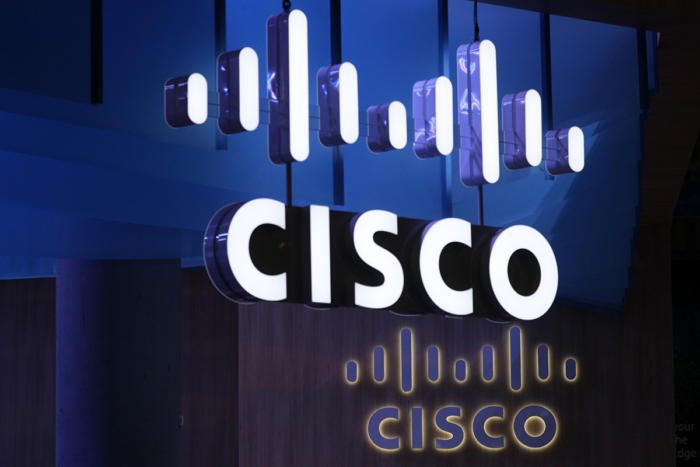Cisco’s fiscal year 2018 results say deferred product revenue related to recurring software and subscription offers increased 23 percent over 2017.
Cisco’s strategy of diversifying into a more software-optimized business is paying off – literally.
The software differentiation was perhaps never more obvious than in its most recent set of year-end and fourth quarter results. (Cisco’s 2018 fiscal year ended July 28.) Cisco said deferred revenue for the fiscal year was $19.7 billion, up 6 percent overall, “with deferred product revenue up 15 percent, driven largely by subscription-based and software offers, and deferred service revenue was up 1 percent.”
The portion of deferred product revenue that is related to recurring software and subscription offers increased 23 percent over 2017, Cisco stated. In addition, Cisco reported deferred revenue from software and subscriptions increasing 23 percent to $6.1 billion in the fourth quarter alone.
“We’re seeing the returns on the investments we’re making in innovation and driving the shift to more software and subscription,” Kelly Kramer, Cisco CFO said during the company’s financial results conference call.
Chuck Robbins, Chairman and CEO of Cisco said during the call that when Cisco began the sale of the Catalyst 9000 that was the first attempt to sell a subscription software offering on top of a core networking product.
“That has gone as we’ve said on prior calls reasonably well. I’m very pleased with how the adoption has been from our customers, they understand the value… we had roughly 9,650 plus customers on the 9K as of the end of the quarter,” he said.
Robbins said that in the coming quarters when the company brings new products to market – particularly, in the enterprise networking space but across the portfolio – the company will apply that same strategy of adding advanced features such as analytics, automation and security to ensure future renewals.
Indeed, the company has made network software and application development a key push in recent months. For example, in May Cisco made a move to broaden the use of its DNA Center by opening up the network controller, assurance, automation and analytics system to the community of developers looking to take the next step in network programming. Introduced last summer as the heart of its Intent Based Networking initiative, Cisco DNA Center features automation capabilities, assurance setting, fabric provisioning and policy-based segmentation for enterprise networks.
In addition all four acquisitions Cisco has made this year have been software related.
The most recent is a $2.35 billion cash and stock play for network-identity, authentication and security company Duo. The deal, which is still pending, is Cisco’s biggest since its $3.7 billion buy of another software company, performance-monitoring firm AppDynamics in 2017, and its largest in the cyber security sector since its $2.7 billion Sourcefire purchase in 2013.
The company bought artificial intelligence firm, Accompany in May, mobile application firm July Systems in June and cloud technology provider Skyport Systems in January.
In addition to those software moves, the joint Google and Cisco Kubernetes platform for enterprise customers should appear before the end of the year.
This article originally appeared on NetworkWorld.

